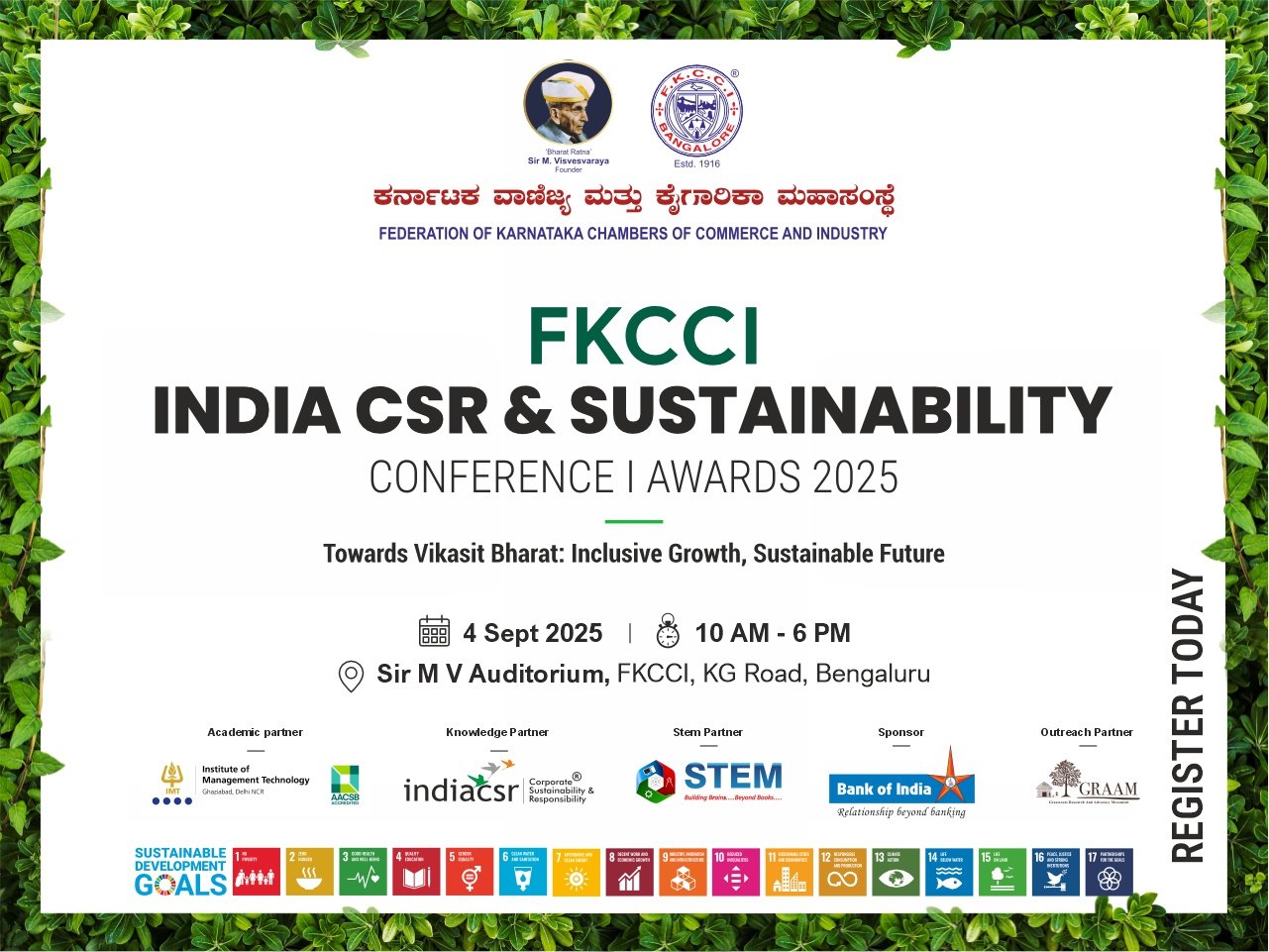By Mallika Mahajan & Pawan K Sinha
In 1933, when Joseph Strauss, the engineer of the Golden Gate Bridge, provided hard hats and safety nets installation under the bridge for the workers, it was unusual as, at that time, the safety of workers was the last priority. In 1971, the Ford Motor Company—to compete with the sub-compact Japanese autos—produced the Ford Pinto. It built the Pinto in 25 months against the average of 43 months to design and built a typical car. However, they completely overlooked the safety angle. Ford marketed the Pinto despite knowing the high risk it carried of bursting into flames on impact, often trapping the occupants inside. Ford could have fixed the Pinto for $11 per car, but it would have impacted their profits too much. Pinto was recalled by National Highway Traffic Safety Administration only in 1978. In various lawsuits brought against it, Ford argued that they didn’t have an obligation to make the Pinto any safer than the law demanded, even if it caused deaths.
Fast forward to 2021, corporate social responsibility (CSR) overrides profit maximisation. ExxonMobil, a major oil and gas producer, is spending $3 billion for carbon capture as a method of environment sustainability and is paring back spending on new rigs and narrowing its focus on higher-return fields in places like Guyana and America’s Permian shale basin.
The corporate actions were in sync with the zeitgeist.The Nobel laureate Milton Friedman held sway in the 1970s, whose doctrine was simply that the social responsibility of business is to increase its profits. In 1994, John Elkington’s ‘the Triple Bottom Line’ approach became predominant that stated that corporates should not only be concerned with profits but also with the environment and society. In 2011, Michael Porter and Mark Kramer created a stir when they suggested that corporates should create shared values (CSV), also called the third generation of CSR.
Corporates engage to improve the social context in which they operate, thereby also achieving better business results. Nestlé practiced CSV when it sent a team to study malnutrition in Indian children. After studying the cooking and dietary customs in rural households, the team concluded that spices provided an optimal vehicle for hiding the bad taste of crucial micronutrients: iron, iodine and vitamin A. Nestlé launched the Maggi Masala Magic, a micronutrient reinforced spice product specially priced for low-income consumers in India at `3. It has become a real income generator for Nestlé.
The authors argue that it makes business sense to incorporate anti-corruption as a CSR activity. In the last two decades, there is a greater focus of law-enforcement on the supply-side of corruption as more and more public goods are getting to be delivered by the private sector. Rapid privatisation and service delivery through business entities have shifted points of corruption to private sector hands. Till the end of the 20th century, paying bribes in the developing countries was considered a normal business model and paying bribes abroad was even tax-deductible in some developed countries. Since the 1990s, corporates are expected to comply with foreign and domestic laws against corruption. India’s Prevention of Corruption Act, 1988, as amended in 2018, criminalises the supply side of corruption.
The US, the UK, and OECD countries have made it illegal to engage in corrupt practices even in foreign countries. The US assessed over $1.7 billion in such penalties in 2010, of which 80% were against non-US based corporations. These countries create a liability for parent corporations if a person associated with it, including subsidiaries and third-party associates, bribe to obtain business/business advantage for the corporation.
The world’s multilateral development banks (MDBs) have agreed in 2010 that if one MDB declared a firm ineligible for procurement contracts because of fraud and corruption, then all other MDBs will do the same. According to the World Bank, corruption adds 10% to the cost of doing business and adds 25% to the cost of public procurement. This diverts resources away from legitimate investment and decreases efficiency.
These factors should energise corporates to go beyond ‘das Kopfkino’ or mental speculation and into concrete action.
In India, CSR spending is legally mandated under section 135 of the Companies Act (CA) 2013. It requires certain profit-making companies to dedicate 2% of their profits on CSR. To prevent misuse, schedule VII also lays down activities for which the CSR funds can be used. The authors recommend that anti-corruption activities such as training and organising for it should be included in the schedule VII of the CA, 2013. Additionally, at least 50% of the training and organising of anti-corruption activities should be mandatorily be used for societal segments such as local NGOs, journalists, grassroot level activists. The authors advocate a synchronisation of CSR with anti-corruption activities that is the need of present times caused by the changing domestic and international law as well as public sentiment.
To summarise, we use these lines from a Bob Dylan song, “ the waters around you have grown…. if your time to you is worth saving, you better start swimming, or you will sink like a stone. For the times they are a-changing.”
Mahajan is chief commissioner, CBIC, and Sinha is director, International Anti-Corruption Academy, Austria
(Source: Financial Express)






















